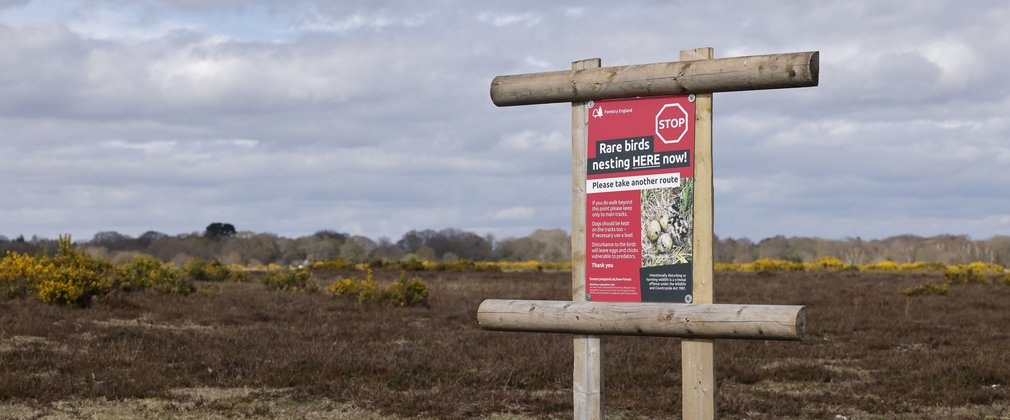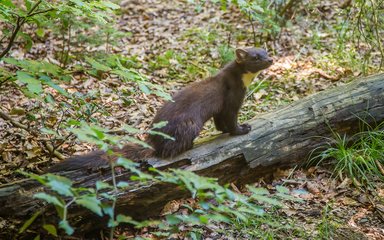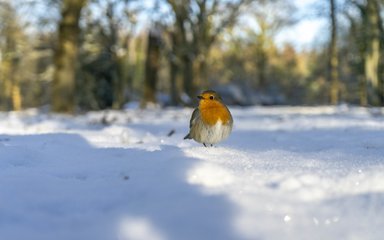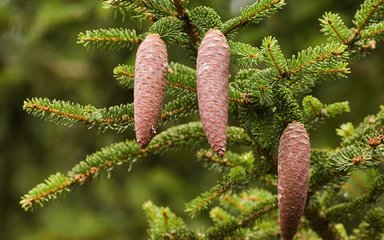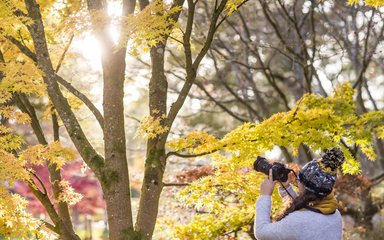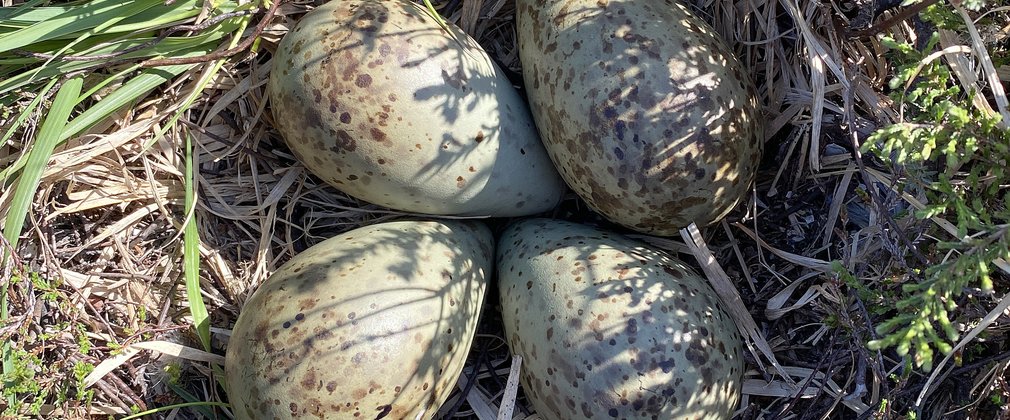
Ground nesting birds
Spring brings bird nesting season, but not all birds make their nests in trees.
When you think of nesting birds, you'll most likely think of stick nests in trees and hedges. But many birds lay their eggs on the ground. Ground nesting birds often rely on remarkable camouflage to conceal their young in this risky location. Sadly, these special birds are under pressure due to habitat loss and disturbance by people and dogs.
The nation’s forests are an important place for ground nesting birds, particularly on open habitats. We care for some of the country’s best open habitats, many recognised as Sites of Special Scientific Interest (SSSIs) for their value to nature. Across England, we look after 9,000 hectares of lowland heathland, and 75% of the UK's lowland bog habitat is in the New Forest alone. The New Forest is also a Special Protection Area for birds, including endangered ground nesting species.
Our landscapes are home to species of ground nesting birds that have been lost from many other parts of the country. Thetford Forest and the Sandlings, which includes Rendlesham and Tunstall forests, are internationally designated areas for breeding populations.
Let's meet some ground nesters
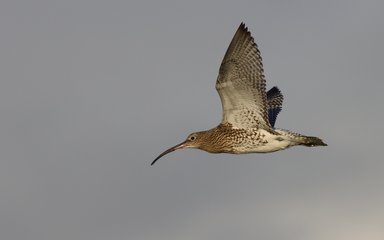
Curlew
These large wading birds with majestic beaks nest in scrapes on the ground. Their plumage is beautifully camouflaged to help disguise them from potential predators. The chicks can run around just hours after hatching. This species is globally threatened and is classed as red-listed, the highest conservation priority. The New Forest is a critical breeding ground for these birds, and now one of the only areas in south-east England where curlews breed.
Lapwing
Often nicknamed “peewits”, after the calls which are given in swooping display flights. Breeding lapwings have undergone widespread and marked declines in the UK over the last few decades, making the nation's forests increasingly important for them. This species is globally threatened and is also red-listed.
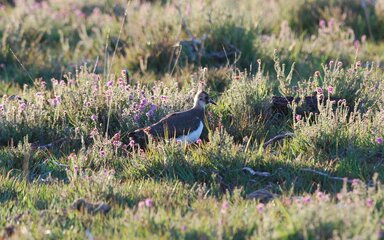
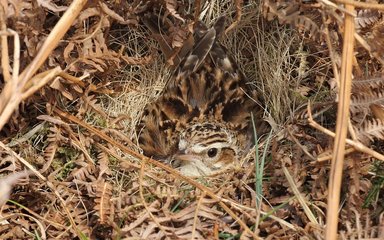
Woodlark
These secretive and rare birds build their nests in heather and the felled woodland areas of the forest. Woodlarks are best seen and heard singing in February and March early in the morning. Thetford Forest is a significant site for these birds, with 25% of the UK's population. The New Forest also holds 16% of the UK population.
Top tip
Stick to main paths and keep dogs with you to keep ground nesting birds safe.
Nightjar
Travelling from Africa to breed in the UK, nightjars are found in heathland, around woodland edges and in recently cleared forest. The New Forest is a stronghold for nightjar with around 15% of the UK population. Thetford Forest also holds a significant number, with 11% of the UK population.
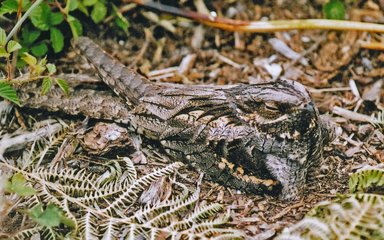
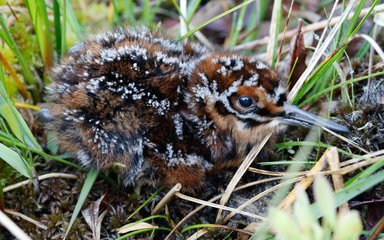
Snipe
This small wader is found in the bogs and mires. When disturbed they fly off rapidly in a zig zag pattern. Their high display flights feature ‘drumming’, the noise of outer tail feathers vibrating in the air as the bird swoops down. The chicks are patterned for hiding on the ground (pictured). Wetland areas across the nation's forests are important for these wading birds.
How you can help ground nesting birds
During the ground nesting bird season from March to August, avoid disturbing these special birds by sticking to the main tracks. Walking with a four-legged friend? Keep them with you, using leads when necessary to keep dogs under close control.
Disturbance can cause birds to abandon their nests, and predators such as crows or foxes will quickly investigate if parents are forced to leave eggs or chicks. Helping these birds breed successfully is key to their survival.
